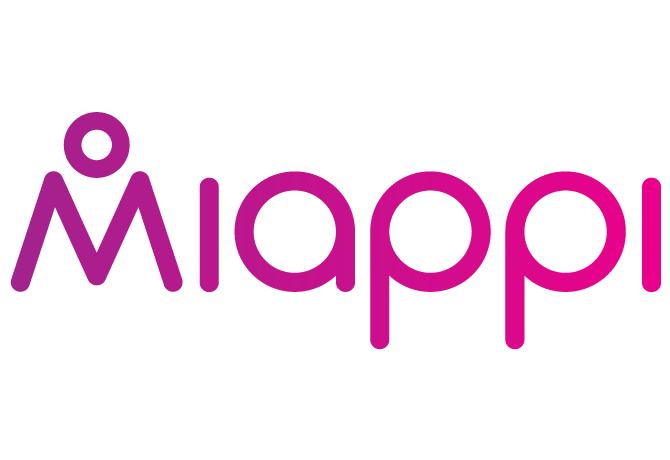Is all UGC created equal? Not quite.

However, just because content is user generated it doesn’t mean it’s always going to perform the way that you want. Given the sheer volume of UGC out there, how exactly can brands ensure that the content they incorporate into their marketing campaigns will resonate with their target audience? How will it drive greater engagement and, ultimately, higher conversions?
Following from this, we’ve put together a list of focus areas/ KPIs to help you evaluate the quality of your UGC marketing. It’ll also help you evaluate its subsequent effectiveness to help maximize the return of your investment in your marketing channels. In short, if the content is performing well on social media networks it’s a good indication that it will perform well on other marketing channels (websites, digital signage, emails and paid advertising).
Which KPIs matter in UGC marketing
Impressions
Impressions are an old-school marketing metric that still remains important today. It’s providing an indication of how far-reaching a piece of content is. The number of impressions is by no means the be-all and end-all for UGC marketing. However, it’s a good measurement for quality, with highly engaging/ relevant content appearing more frequently in other people’s news feed. Everything ofcourse due to the structuring of the various social media network algorithms.
Clicks
Seeing how frequently people click on content on the various social media networks is generally a good metric. It’s especially good to help measure the quality of the content. More clicked posts are normally reflective of more compelling and effective UGC marketing. It can, however, be dangerous to look at this number in isolation. Highly clicked content with a low like and share rate could indicate that a particular piece of content is able to demand the initial attention of an audience. However, it then fails to deliver the expected quality.
Likes & Shares
Most of the major social media networks like Twitter, Facebook and Instagram have the option to like and share content. This number is probably the quickest and easiest way to gauge the quality of social content. Likes and shares show a clear intent of people connecting with and enjoying a particular piece of content. This is comes as a contrast with viewing clicks alone. And whilst we almost always welcome likes, sharing content shows a significantly stronger sentiment. People are recognising the quality of the content and actively recommending it.
Comments
As a general rule of thumb, interesting and relevant content sparks conversation. Therefore, if a post is generating a lot of comments it’s a reliable sign that it’s hitting the right spots. It would be pretty effective if integrated into your other marketing channels. Similar to likes and shares, commenting also shows a clear intent. People are connecting with the content in some way or another. However as comments can be negative as well as positive, it’s probably not as clear of an indication of quality content as the previously mentioned.
Post Source
In some but not all cases, we consider users who’ve built up large audiences on social media as ‘Social Influencers’. This is happening due to both the extent of their audience size and engagement. More often than not, these influencers are popular by having a good understanding of what makes effective and quality content. Having a look at whoever produced or shared a piece of content can be a worthwhile consideration. Particularly if they have a strong social presence, they act as a second opinion or sanity check evaluating your UGC.
What’s Trending
The timing and subsequent relevancy of UGC is directly related to how well it will perform for you. Especially given the pace and sheer volume of content that people faced on a daily basis. A good way to get a feel for what’s popular and relevant at the time is by looking at the number of people mentioning/ tagging a particular topic or posting to a hashtag. The more people interacting with a hashtag or mention at a given time, generally the more relevant it will be. Moreover, it’s likely that the related piece of content will positively resonate with its target audience.
Putting It All Together With Miappi Performance Predictions
Gaining an understanding for these metrics to help you better judge the quality of social content is the easy part. The difficulty lies in getting all of your social KPIs in one place to analyse and compare your social content. This is happening due to the sheer volume of content you might have to sift through. In addition to the fragmented nature of social media platforms, finding your very best UGC is a painstakingly long. It’s a difficult process even with a social aggregation tool.
Realising this problem has lead us to start developing our Miappi Performance Predictions feature. This latest feature from Miappi blends our range of AI tools with all of the key social content metrics. The reasoning behind this is to gauge the extent to which posts are performing on social media.
Miappi Performance Predictions is a foolproof solution to overcoming the noise on social media. It’s crucial in discovering high quality, high converting posts that will boost engagement. Given that the posts are used throughout your marketing channels. And all that with the ability to process tens of thousands of social media posts each day. The magic lies in filtering and matching each post to your pre set criteria. Why not show off your most valuable user generated content using the Miappi UGC marketing platform. REQUEST A DEMO
Take a look at our new report about how consumers react to earned content vs owned content. The stats we collected through our own consumer research as well as via other industry sources. It makes for compelling reading for any marketer looking for an edge in their next UGC marketing campaign.



